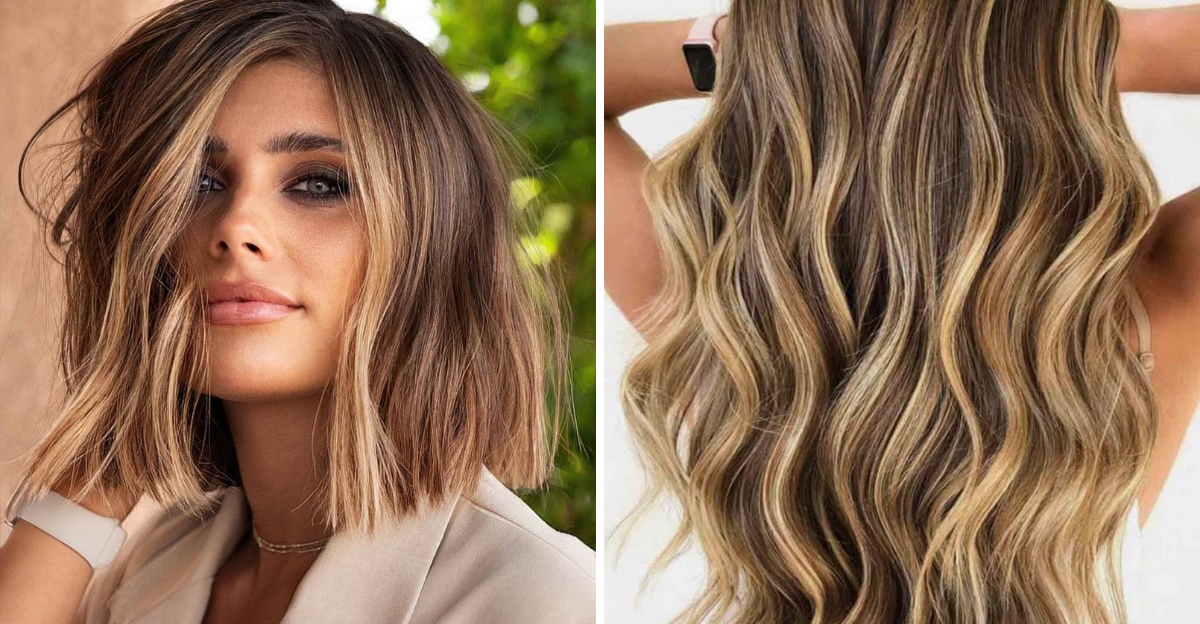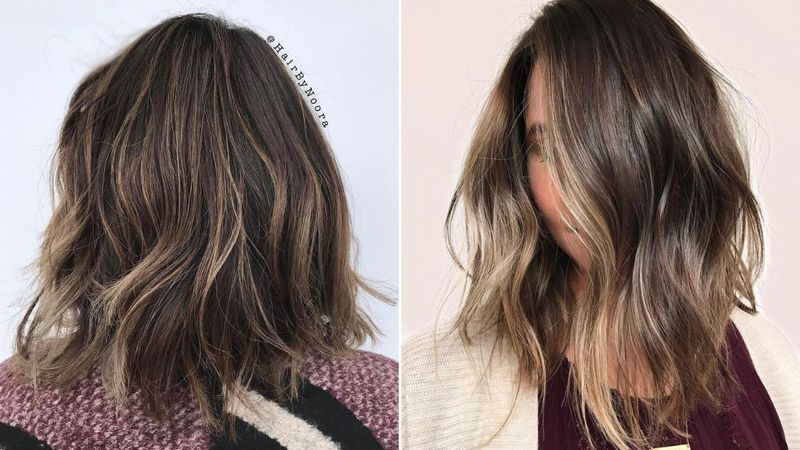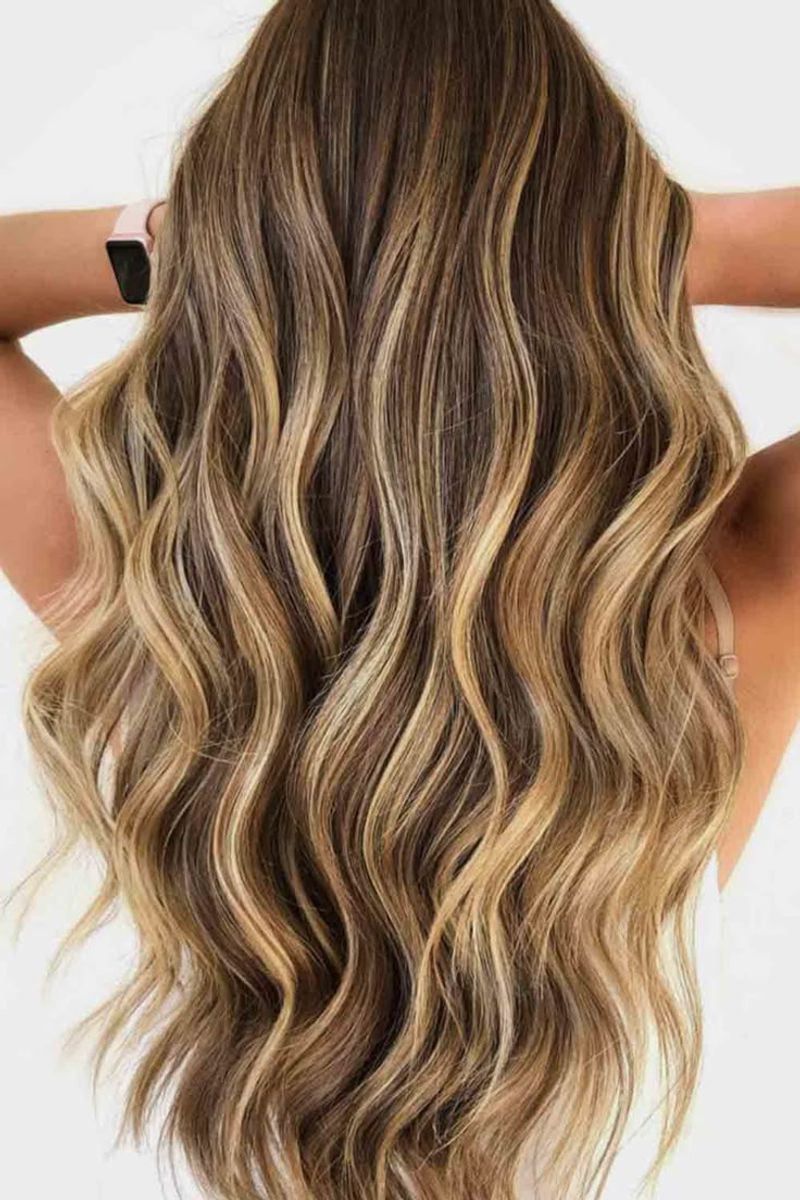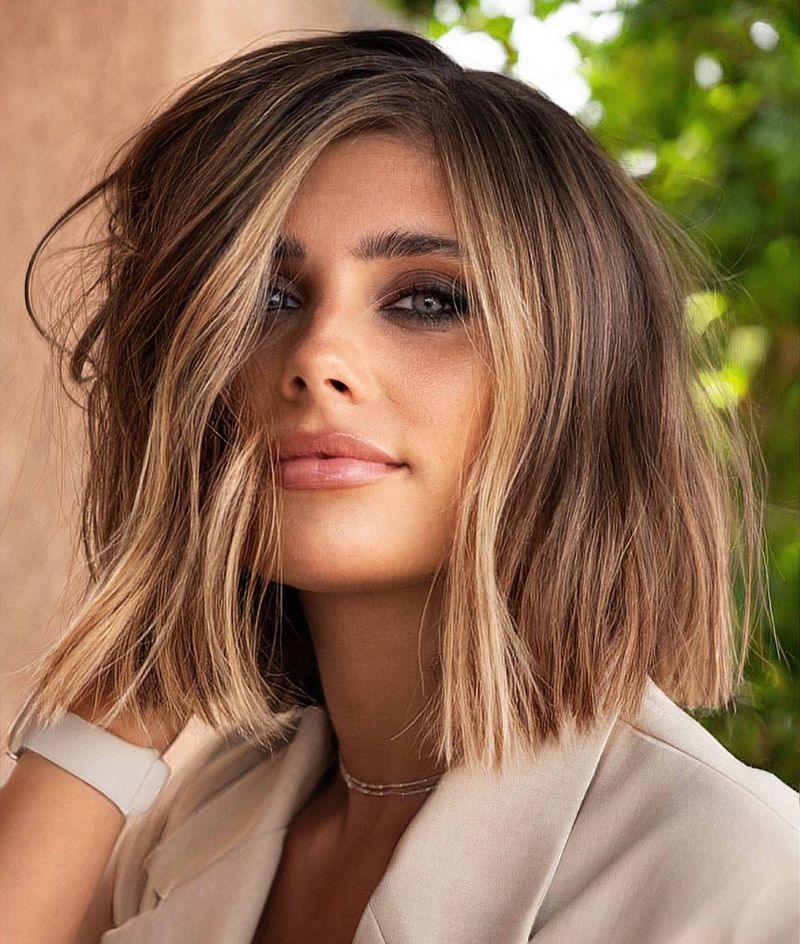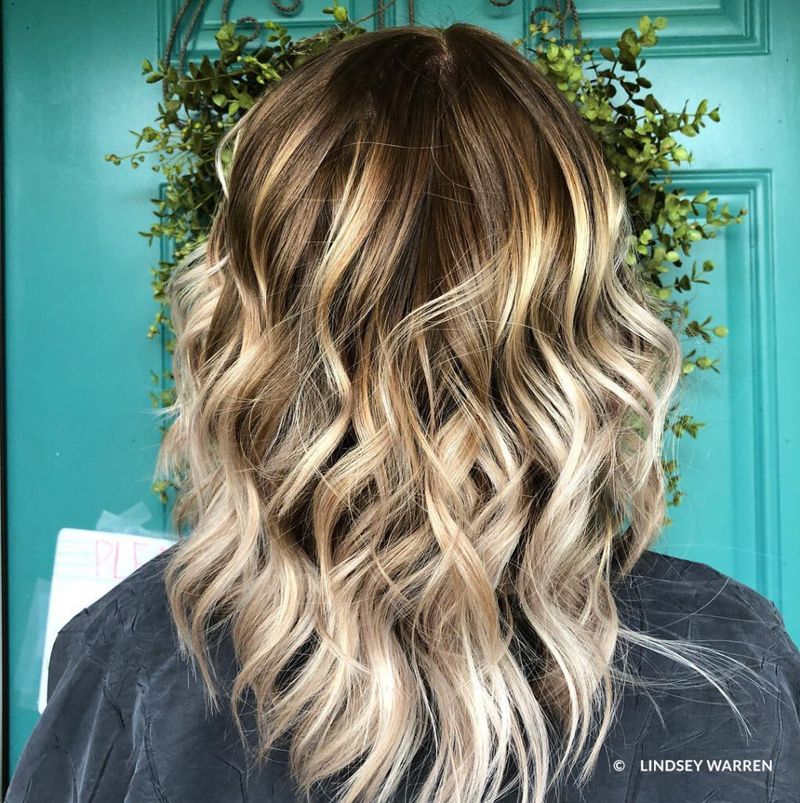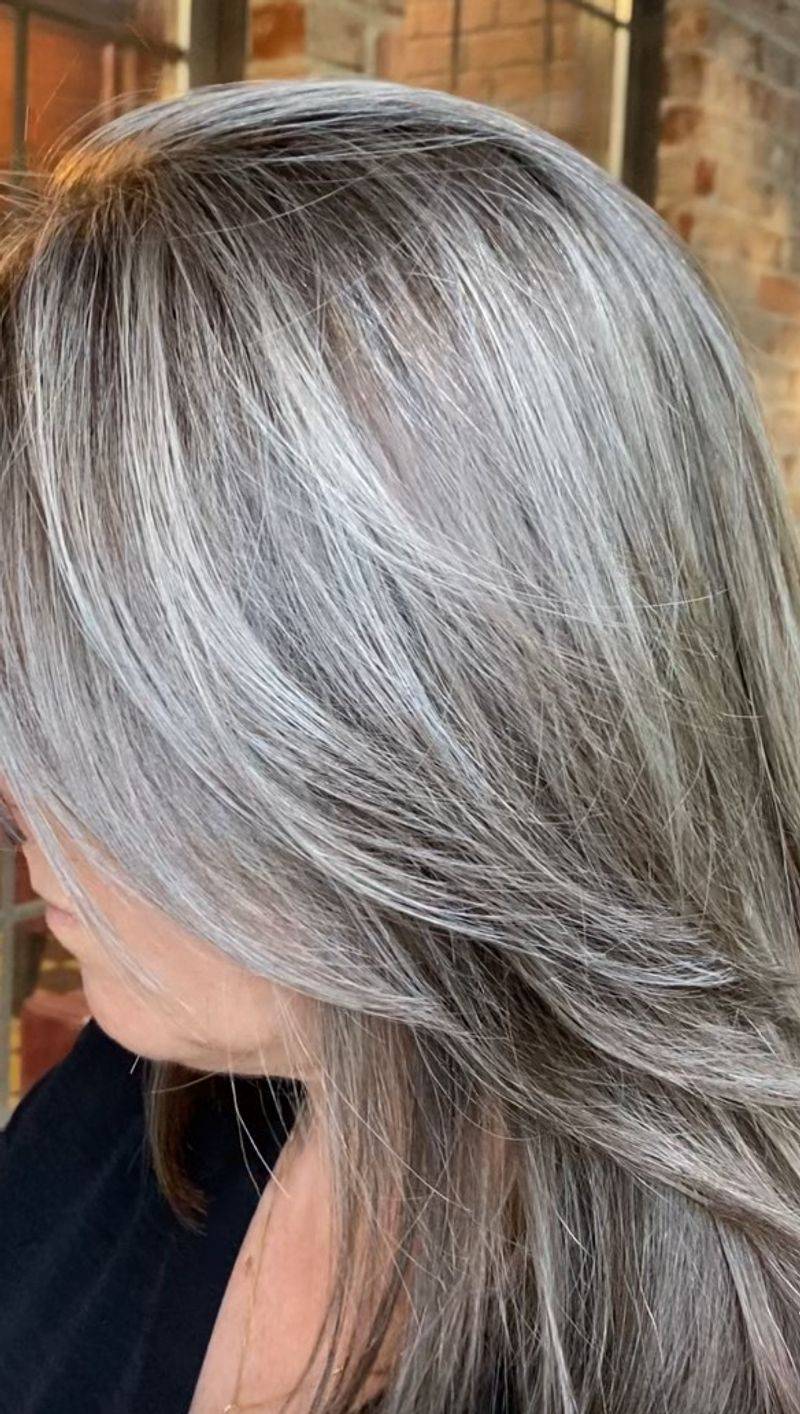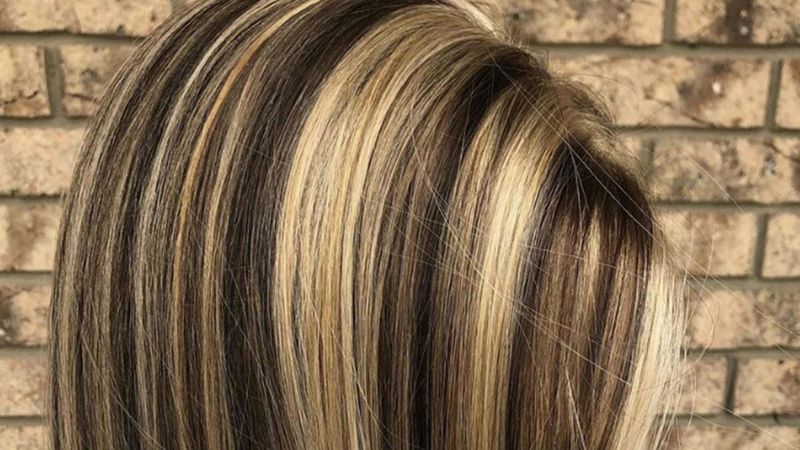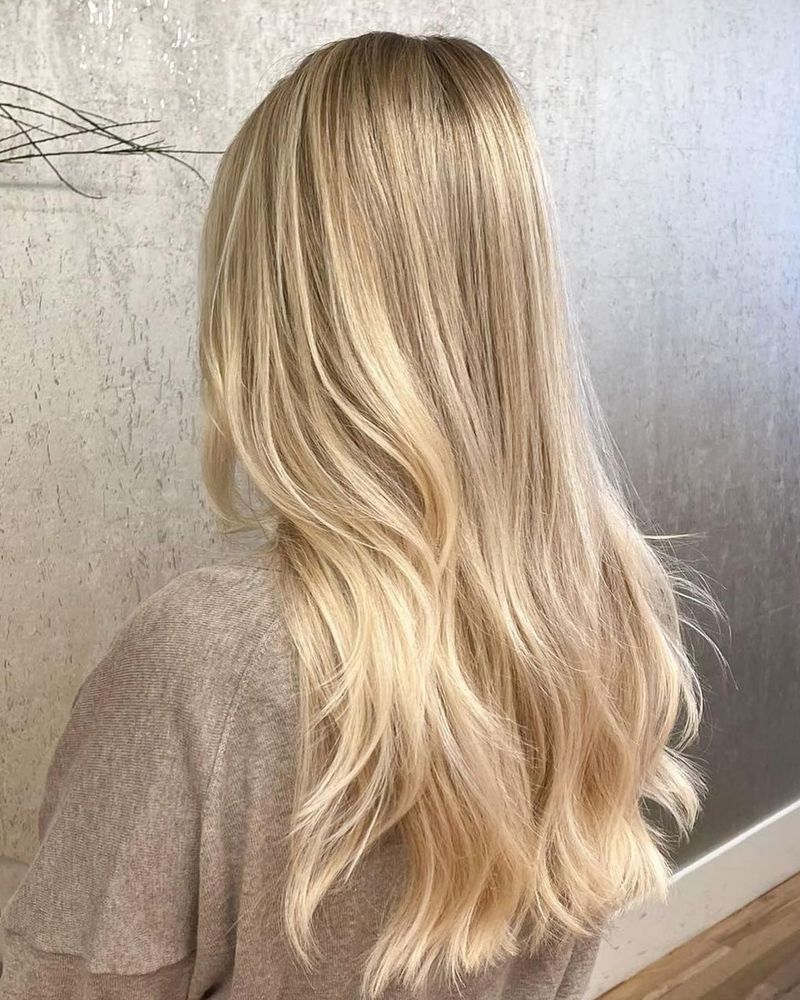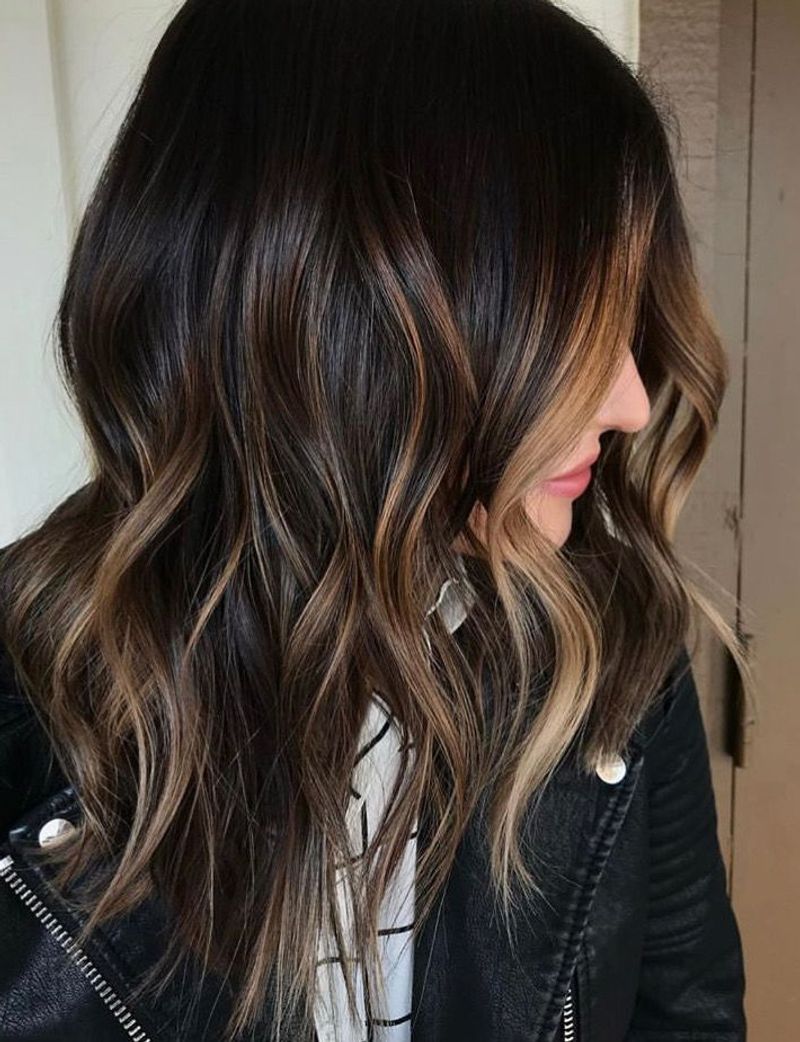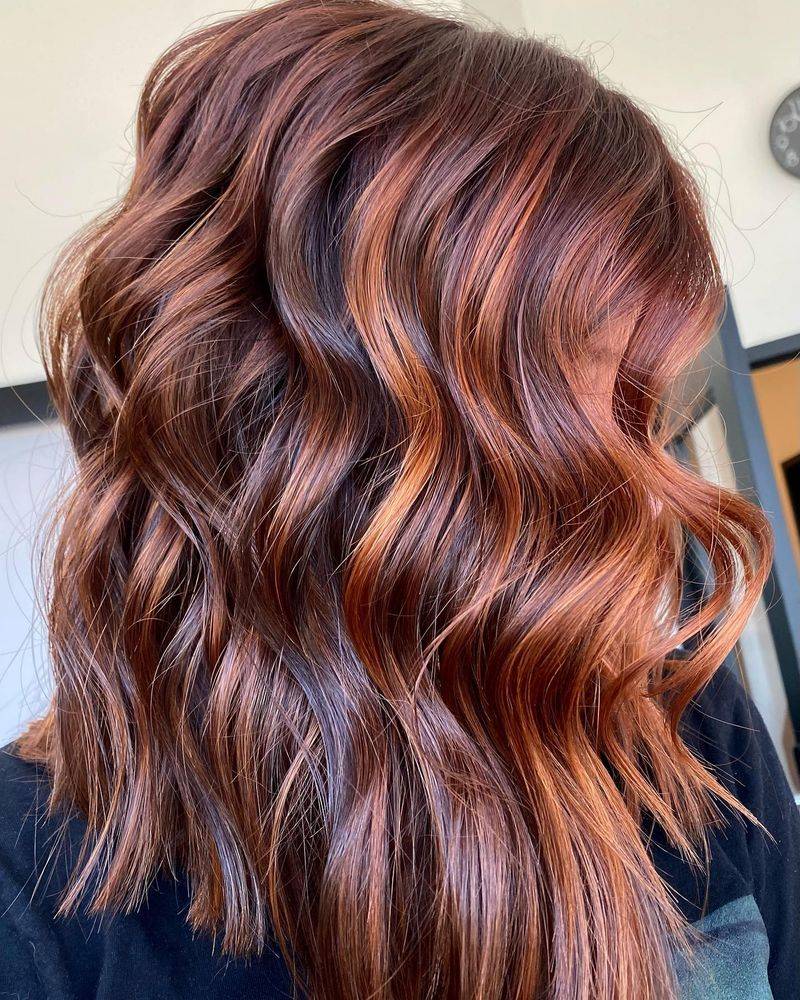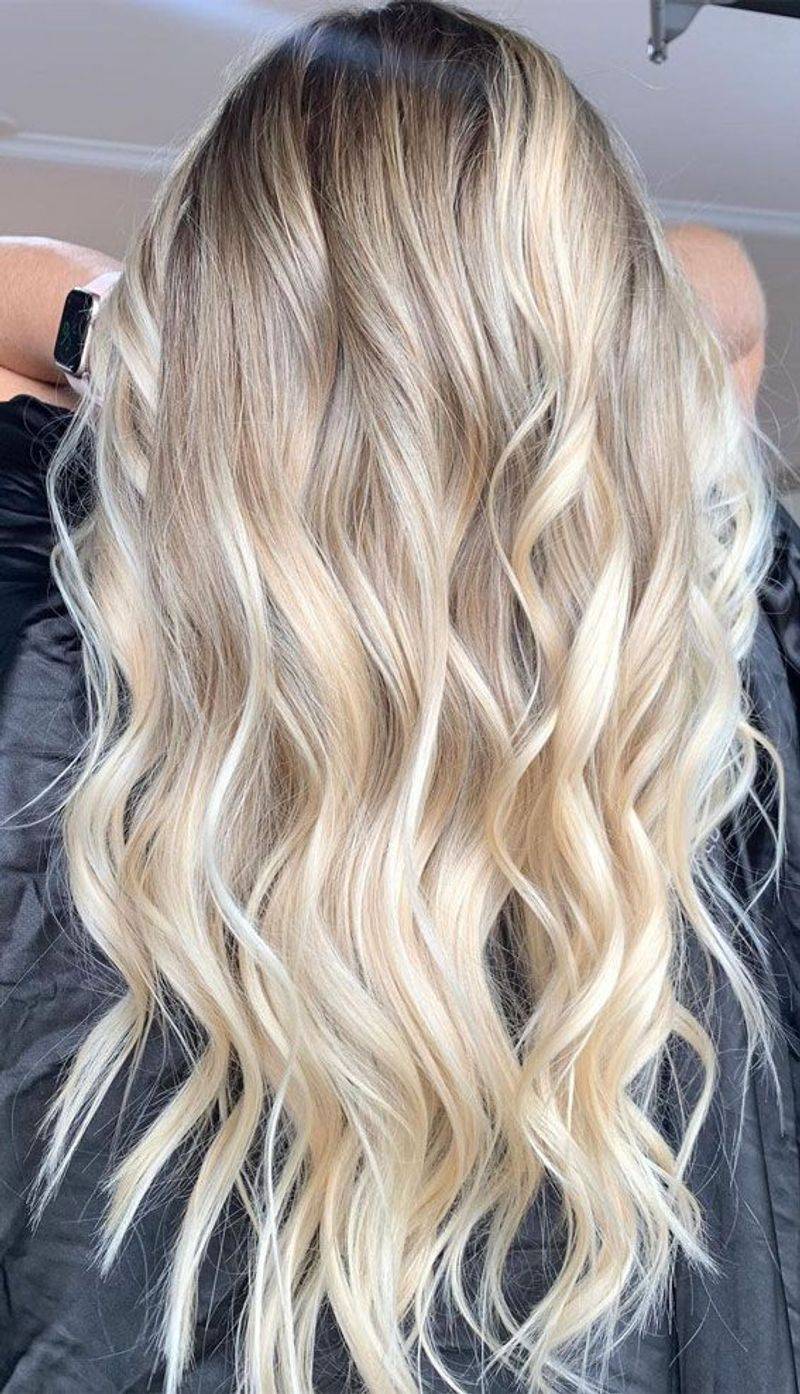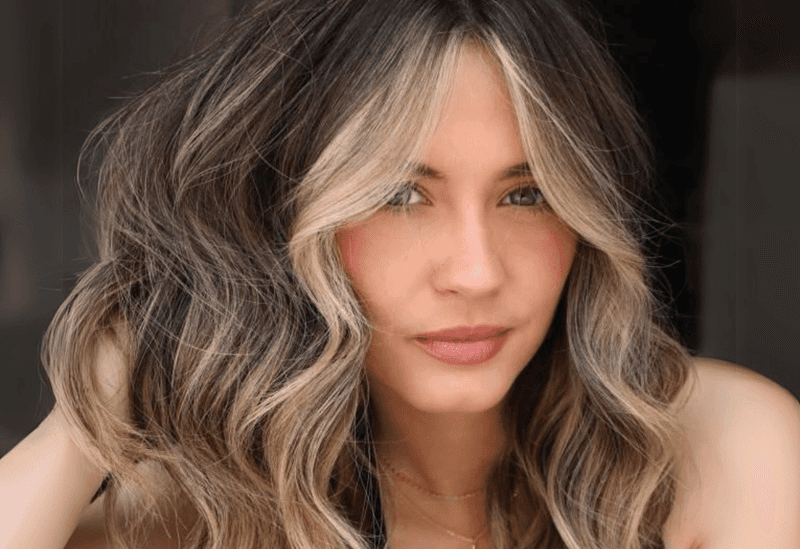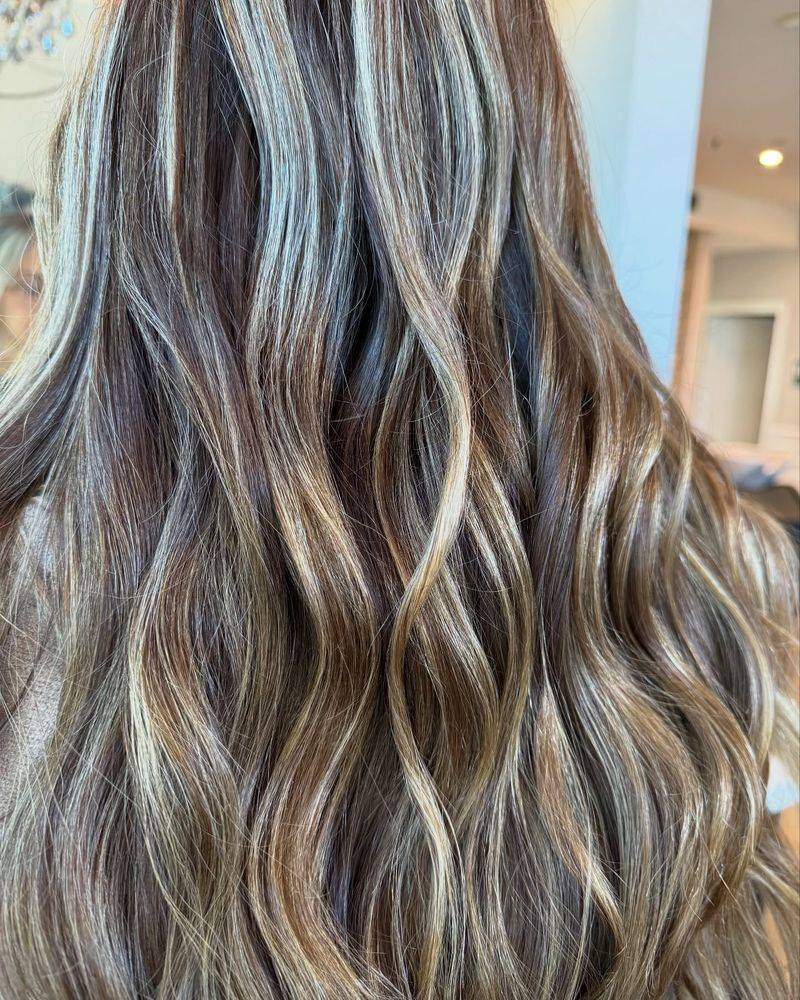Choosing between partial and full highlights can transform your look in dramatically different ways. Partial highlights add dimension to specific sections, while full highlights create an all-over lightened effect.
Understanding these techniques helps you communicate better with your stylist and achieve exactly the hair transformation you’re dreaming about.
1. The Fundamental Difference
Partial highlights focus on specific sections—typically the top layers or around your face. They’re more subtle and require less maintenance.
Related: -21 Stunning Ways to Rock Gray Hair After Ditching the Dye
Full highlights, meanwhile, weave through your entire head of hair, creating an all-over lightened appearance that’s more dramatic and needs frequent touch-ups.
2. Sun-Kissed Beach Waves
Partial highlights work magic on beach waves, mimicking that natural sun-bleached look. The strategically placed lighter strands create dimension without overwhelming your natural color.
When applied just to the face-framing pieces and ends, they give that ‘spent the summer surfing’ vibe even in winter months.
3. Platinum Blonde Transformation
Going platinum demands full highlights as your base. This bold choice lifts your entire head of hair to that eye-catching icy blonde that turns heads everywhere.
The process takes longer than partial treatments but delivers that complete color revolution you’re seeking. Regular toning keeps the color from turning brassy.
4. Money Piece Accent
A money piece combines partial highlighting with bold impact. These chunky, face-framing highlights brighten your complexion instantly.
Typically 2-3 shades lighter than your base color, they create a striking contrast while requiring minimal maintenance. The technique works beautifully on all hair colors and face shapes.
5. Balayage Blend
Balayage uses partial highlighting techniques for that coveted hand-painted, grown-out look. The colorist sweeps lightener onto surface sections for a natural sun-effect.
The beauty lies in the seamless blend—darker roots gradually lighten toward the ends. This low-maintenance style requires touch-ups just 2-3 times yearly.
6. Dramatic Contrast Ombré
Full highlights create the foundation for a bold ombré effect. Your hair transitions from dark roots to fully lightened ends with no harsh lines.
Unlike subtle balayage, this technique embraces the dramatic contrast. Perfect for those wanting a statement look without committing to all-over bleaching or frequent root touch-ups.
7. Natural-Looking Gray Blending
Partial highlights excel at blending emerging gray hairs with your natural color. Strategic placement around the face and part line camouflages silver strands.
This technique creates a multi-dimensional look that grows out gracefully. You’ll extend time between salon visits while maintaining a polished, age-appropriate appearance.
8. Chunky 90s Comeback Streaks
Full highlights in a chunky pattern revive this bold 90s trend. Unlike today’s blended techniques, these deliberate, high-contrast streaks make a statement.
Alternating your natural shade with bleached sections creates that nostalgic, slightly rebellious vibe. Modern versions often incorporate fashion colors for an updated twist on this retro look.
9. Babylights for Fine Hair
Babylights use ultra-fine full highlighting techniques to mimic the natural dimension of children’s sun-lightened hair. The colorist takes tiny, delicate sections throughout your entire head.
This approach adds volume to fine hair through color dimension. The subtle all-over brightness creates movement without obvious striping or harsh lines.
10. Caramel Ribbons for Brunettes
Partial highlights in warm caramel tones break up dark brunette bases beautifully. The strategic placement creates ribbons of light that dance through your chocolate strands.
This technique enhances your natural depth while adding movement. The warm tones complement olive and golden skin tones particularly well.
11. Red Dimension Booster
Natural redheads benefit from copper-toned partial highlights that amplify their fiery color. These strategic accents enhance the natural variations already present in red hair.
The technique brings dull red hair to life without looking artificial. Placement around the face brightens your complexion while highlights on the ends catch the light beautifully.
12. Shadow Root with Full Highlights
This technique combines full highlights with deliberately darker roots. Your stylist creates all-over brightness but leaves depth at the scalp.
The shadow root grows out seamlessly, extending time between appointments. This modern approach offers the impact of blonde hair without the harsh line of outgrowth.
13. Face-Framing Brightness
Focused partial highlights around your face create an instant brightening effect. These strategic lighter pieces draw attention to your eyes and cheekbones.
The technique works with any base color and requires minimal maintenance. Many clients choose this as an introduction to highlighting before committing to a full head service.
14. Lowlights with Highlights Combo
Combining full highlights with strategic lowlights creates incredible dimension. While highlights lighten selected strands, lowlights add darker pieces for contrast and depth.
This technique prevents blonde hair from looking flat or one-dimensional. The multi-tonal effect mimics natural hair color variations for an authentic, lived-in appearance.
15. Maintenance Comparison
Partial highlights typically require touch-ups every 8-12 weeks as they grow out more naturally. The regrowth appears as part of the dimensional look rather than an obvious line.
Full highlights need attention every 4-6 weeks to maintain consistency. Budget accordingly—partial services cost less initially and require fewer salon visits annually.

